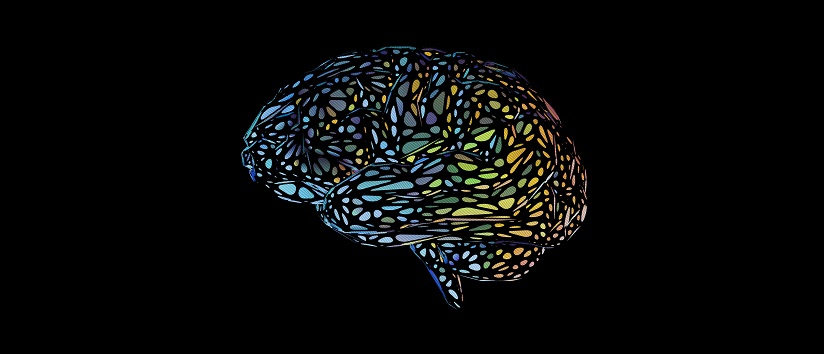Mental health and tech innovations: new headset “brings neurofeedback to the public”
22 March 2021
Innovation has always been a drive behind mental health care; in many ways, each therapy session is an innovation, as each session evolves and moulds to an individual patient’s needs. But from a broader historical perspective, the motivation behind the development of new technologies used for mental health care has changed substantially over the last century.
When we think about the historic use of technology by therapists and their attendants, what sticks in our minds is the unanaesthetised shock of electroconvulsive therapy (ECT), imprinted into the collective memory by Sylvia Plath’s well-known novel The Bell Jar.
Although this thought is probably unfair, not only to ECT, but also because the paradigm around mental health has transformed substantially since the mid-20th century – no longer do we talk of asylums, and mental ill-health as existing exclusively in the other, but our shared lexicon has shifted to a language of inclusivity and personal journey.
Mental health is no longer regarded as happening over there, in the therapist’s office or the psychiatric hospital, but rather it is happening here - in us - in our homes and our everyday lives.
In line with this rescripting of mental health discourse, mental health technologies are increasingly being redesigned to assist in the therapeutic process in our home or during our daily routines.
- See also: 'The potential of AI for mental health services'
- See also: 'Will virtual counselling replace in-person therapy?'
- See also: 'Technology will revolutionise mental health care - but only if we put people at the centre'
Bringing neurofeedback technology into the 21st century
Myndlift’s therapist-guided neurofeedback headset is part of this new trend as it takes a therapeutic approach traditionally only accessible in clinical settings and applies it to the patient’s home. Aziz Kaddan, CEO and co-founder of Myndlift, told Mental Health Today about his device, explaining what the product can do and why it could potentially be considered innovative.
Previously patients would only come into contact with neurofeedback devices in a clinician’s office or during psychological research; these devices measure brain activity to teach self-regulation of brain functions. Typically, sensors are placed on the scalp, and a video display would measure brain activity with the neurofeedback component providing negative or positive feedback of this activity to the patient.
Myndlift’s headset works by modernising that neurofeedback setup through a visor headset that monitors brain activity and an app that provides the neurofeedback registering of that activity.
Although that is not the actual innovative part of the device, Mr Kaddan explained that the innovation comes from the device’s hands-off approach: “We took neurofeedback from something that exists only in the clinics, into something that can be done from home, without losing the clinical integrity of it.”
Mr Kaddan added: “So, the patients take the equipment, they have their smartphone devices, they download the app, and then they do the therapy or training from home; all while they're getting the supervision and the monitoring from the clinician, done remotely through the cloud.”
He also hinted that another innovation of his device is that it combines the objective clinical knowledge accumulated over the last hundred years with a device that analyses the subjective input of its users.
He continued that neurofeedback brain training has shown promising results for treating ADHD, anxiety, and addiction. And multiple studies examining mobile neurofeedback devices back up that claim, although most have concluded that more research is necessary.
“[The use of Myndlift’s headset by therapists is] heavily concentrated around ADHD and anxiety. And in some cases, it has been used for addiction and depression; in those cases, it is used mainly as an adjunct therapy (in combination with another therapy). But for ADHD and anxiety, it can be used as a standalone,” said Mr Kaddan.
Asides from Myndlift’s device's utility for treating anxiety, depression, and addiction, the headset is also economical, as Mr Kaddan said that it is “10 times cheaper than in-clinic neurofeedback”.
And it is also reportedly more successful than traditional neurofeedback devices, as a spokesperson for Myndlift said: "Patients are able to do more sessions in a shorter space of time, and so may see better results."
Myndlift’s aim to “bring neurofeedback to the public” is charged with the broader technological zeitgeist - defined by an ever-increasing digitalisation of our daily lives. But Myndlift’s technology is also part of a trend in mental health care, seen through the growing multitude of mental health apps and platforms and the ever more routine use of digital technologies by mental health services.
These new digital and technological start-ups are doing more than merely capitalising on mental health. Actually, they are truly innovative, because they enable more and more people to access support, and more fundamentally - acknowledge, and work on, their mental health.


Comments
Write a Comment
Comment Submitted